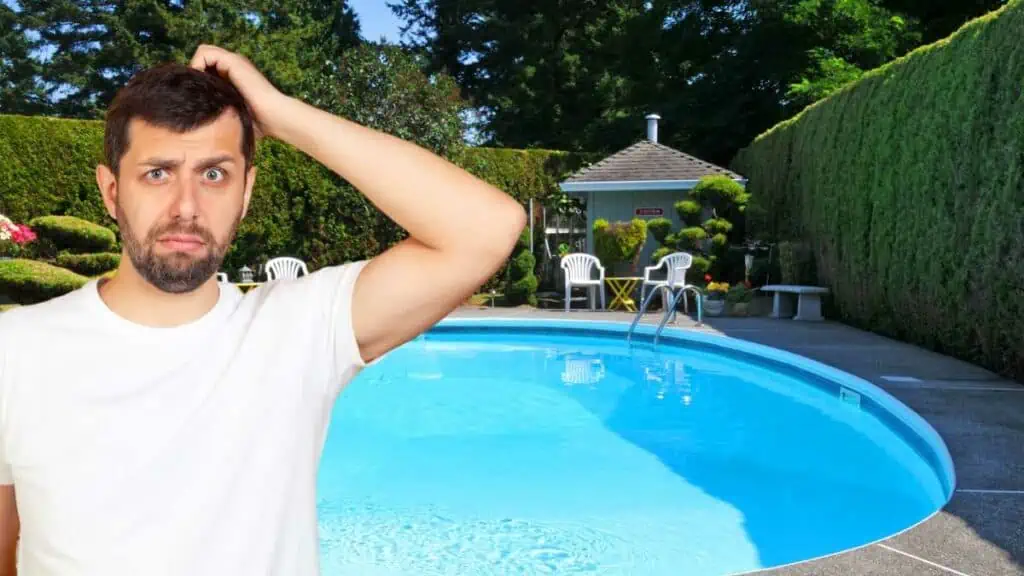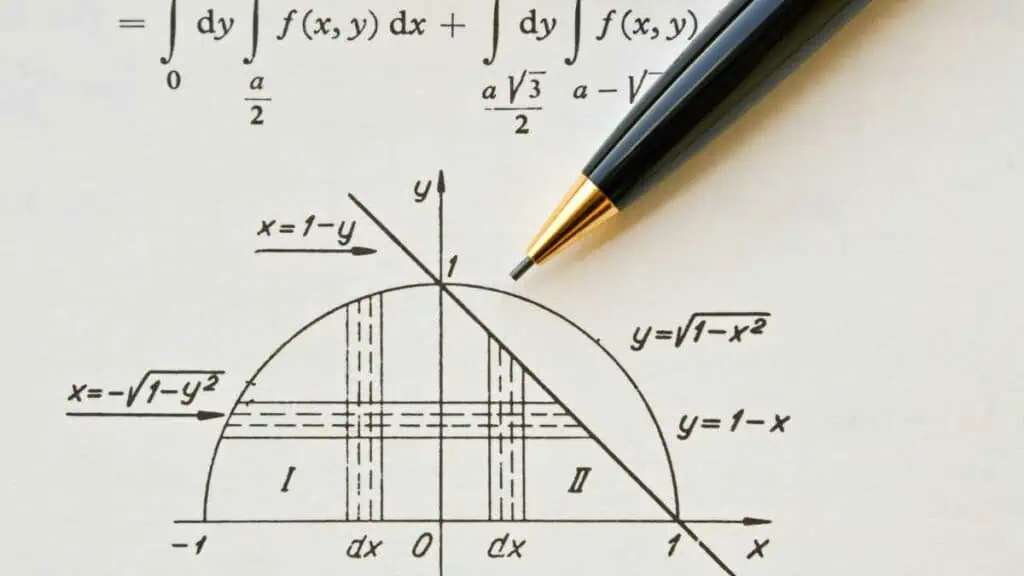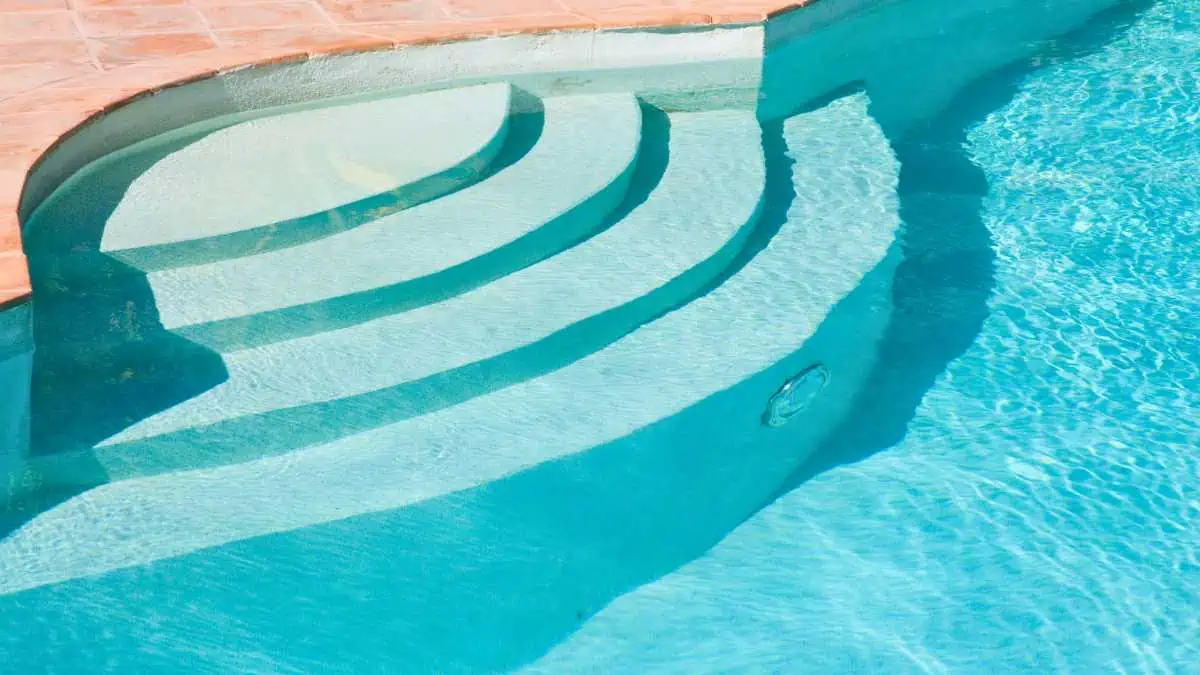If you own a swimming pool, it’s important to know the way to calculate how many gallons are in a pool. This will allow you to determine the chemicals needed for proper maintenance and the water required to fill or drain the pool.
Fortunately, calculating pool volume is straightforward and requires only a few simple measurements—plus, it only needs to be done once!

How to Calculate Pool Volume
To calculate a pool’s volume, use the formula length x width x average depth. Measure the pool’s length and width, then determine the average depth by measuring the shallow and deep ends. Multiply all three measurements to get the pool’s volume, which provides an accurate estimate for required chemicals, maintenance, and capacity.
Understanding the Basics
If you own a swimming pool, it’s important to know how to calculate its volume. Understanding the basics of pool volume calculation will help you keep your pool clean and safe for swimming.
This section will cover the main steps in calculating your pool’s volume.
Measuring the Pool’s Dimensions
The first step in calculating your pool’s volume is to measure its dimensions: its length, width, and depth.
If your pool is rectangular, measuring its length and width is easy. However, for other shapes, such as circular or kidney-shaped, you may need to take more measurements to get an accurate estimate.
When measuring your pool’s depth, it’s important to measure both the shallow and deep ends. Most pools are not the same depth throughout.
To get an accurate estimate of the pool’s average depth, you must take measurements at different points and then calculate the average.
How to Calculate Pool Volume
Once you have measured your pool’s dimensions, you can calculate its volume using a formula. The formula you use will depend on the shape of your pool.
- For rectangular pools, the formula is length x width x depth x 7.5.
- For circular pools, the formula is 3.14 x radius x radius x depth x 7.5.
- A rough estimate can be used for kidney-shaped or irregularly shaped pools.
It’s important to remember that the volume of your pool is measured in gallons.
Calculating the Volume of Different Pool Shapes

Calculating the volume of a swimming pool is important to determine the amount of chemicals needed for treatment and filling and draining the pool.
Here are the steps to calculate gallons in pool of different pool shapes:
Rectangular Pools
Rectangular pools are the easiest to calculate because they have a simple shape. Here’s how to do it:
- Measure the length, width, and depth of the pool in feet.
- Multiply the length by width to get the pool’s surface area.
- Multiply the surface area by the depth to get the volume in cubic feet.
- To convert cubic feet to gallons, multiply the volume by 7.5.
Round Pools
Circular/round pools have a different formula for calculating the volume. Here’s how to do it:
- Measure the diameter of the pool in feet.
- Divide the diameter by 2 to get the radius.
- Multiply the radius by itself (squared) by pi (3.14) to get the pool’s surface area.
- Multiply the surface area by the depth to get the volume in cubic feet.
- To convert cubic feet to gallons, multiply the volume by 7.5.
Or use the handy round pool volume calculator below.
Rectangular and Circular Pool Volume Calculator
If you have a rectangular or round pool, you are in luck. We have created the pool volume calculator below to calculate the volume for you.
Note: If you have a pool with a deep and shallow end, you must judge the average depth. For example, if your pool has a slope midway, taking the depth from 3 feet to 6 feet, the average would be 4.5 feet.
Pool Volume Calculator
Pool Volume Calculator
Please enter your pool shape and dimensions:
There are too many variables to produce a calculator for oval or irregularly shaped pools.
Oval Pools
Oval pools are similar to circular pools but require a different formula. Here’s how to do it:
- Measure the longest diameter and the shortest diameter of the pool in feet.
- Add the two measurements together and divide by 2 to get the average diameter.
- Divide the average diameter by 2 to get the radius.
- Multiply the radius by itself (squared) by pi (3.14) to get the pool’s surface area.
- Multiply the surface area by the depth to get the volume in cubic feet.
- To convert cubic feet to gallons, multiply the volume by 7.5.
Irregular Shaped Pools
Irregular-shaped pools require a bit more work to calculate the volume. Here’s how to do it:
- Divide the pool into smaller sections of regular shapes (e.g. rectangles, triangles, circles).
- Measure the length, width, and depth of each section in feet.
- Calculate the volume of each section using the appropriate formula (e.g. rectangular pool formula for rectangular sections).
- Add the volumes of each section together to get the total volume of the pool in cubic feet.
- To convert cubic feet to gallons, multiply the volume by 7.5.
Pool volume calculator irregular shape example: Using the above, to find out how many gallons of water are in a 24-foot round pool 54 inches deep, the answer would be 15,228 gallons.
Factors Affecting Pool Volume

Calculating the volume of a swimming pool is essential to ensure proper maintenance and chemical balance. However, various factors can affect the pool volume, which must be considered before calculating.
Here are some of the factors that can affect the pool volume:
Pool Depth
The depth of a swimming pool is one of the primary factors that can affect its volume. The deeper the pool, the more water it can hold. Therefore, measuring the depth accurately to calculate the pool volume is essential.
Keep in mind that some pools have varying depths, such as a deep end and a shallow end. In such cases, measuring the depth at different points and calculating the average depth is necessary.
Pool Slope
The slope of the pool floor can also affect the pool volume. A pool with a sloping floor will have a smaller volume than a pool with a flat bottom. Therefore, it is necessary to measure the slope of the pool floor and adjust the calculations accordingly.
Pool Steps and Ledges
If your pool has steps or ledges, it can also affect the volume. These areas hold less water than the rest of the pool, so measuring their dimensions and subtracting their volume from the total pool volume is necessary.
Conclusion
Knowing “how many gallons is my pool” is essential to maintaining it. Knowing its volume allows you to accurately determine the amount of chemicals needed to keep it clean and safe for swimming.
Whether you have a rectangular, circular, or irregularly shaped pool, you can use various formulas and methods to calculate pool water volume. You can use a pool volume calculator or follow the simple formulas in this article.
It’s important to note that accurate measurements are crucial in calculating your pool’s volume. Measure your pool’s length, width, and depth carefully for accurate results.
Once you have calculated your pool’s volume, you can use it to determine the amount of chemicals needed to keep it clean and healthy. You can also use it to determine the water your pool holds, which can help you plan for water changes or refills.
Following the steps outlined in this article, you will know how to calculate gallons in a pool and keep it clean and safe for all to enjoy. Always practice proper pool maintenance and safety measures to ensure an enjoyable swimming experience.
You may also be interested in how many gallons in an Olympic pool






Leave a Reply